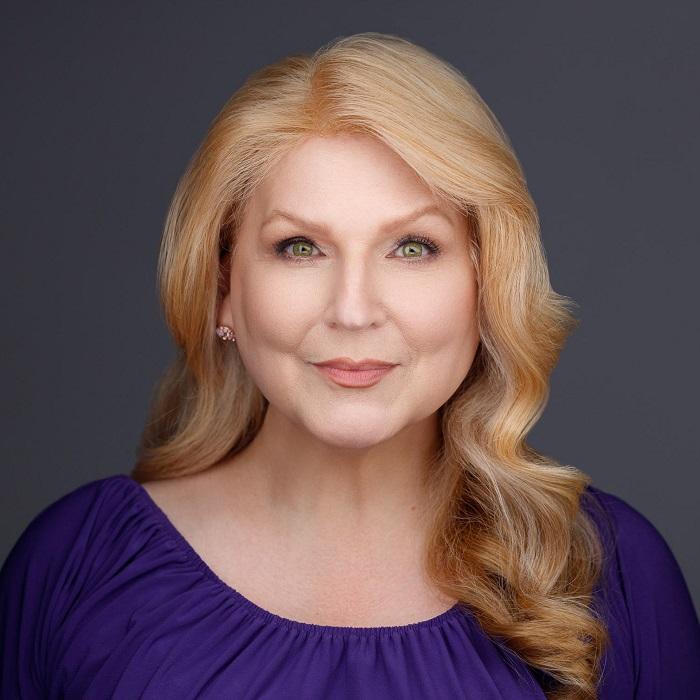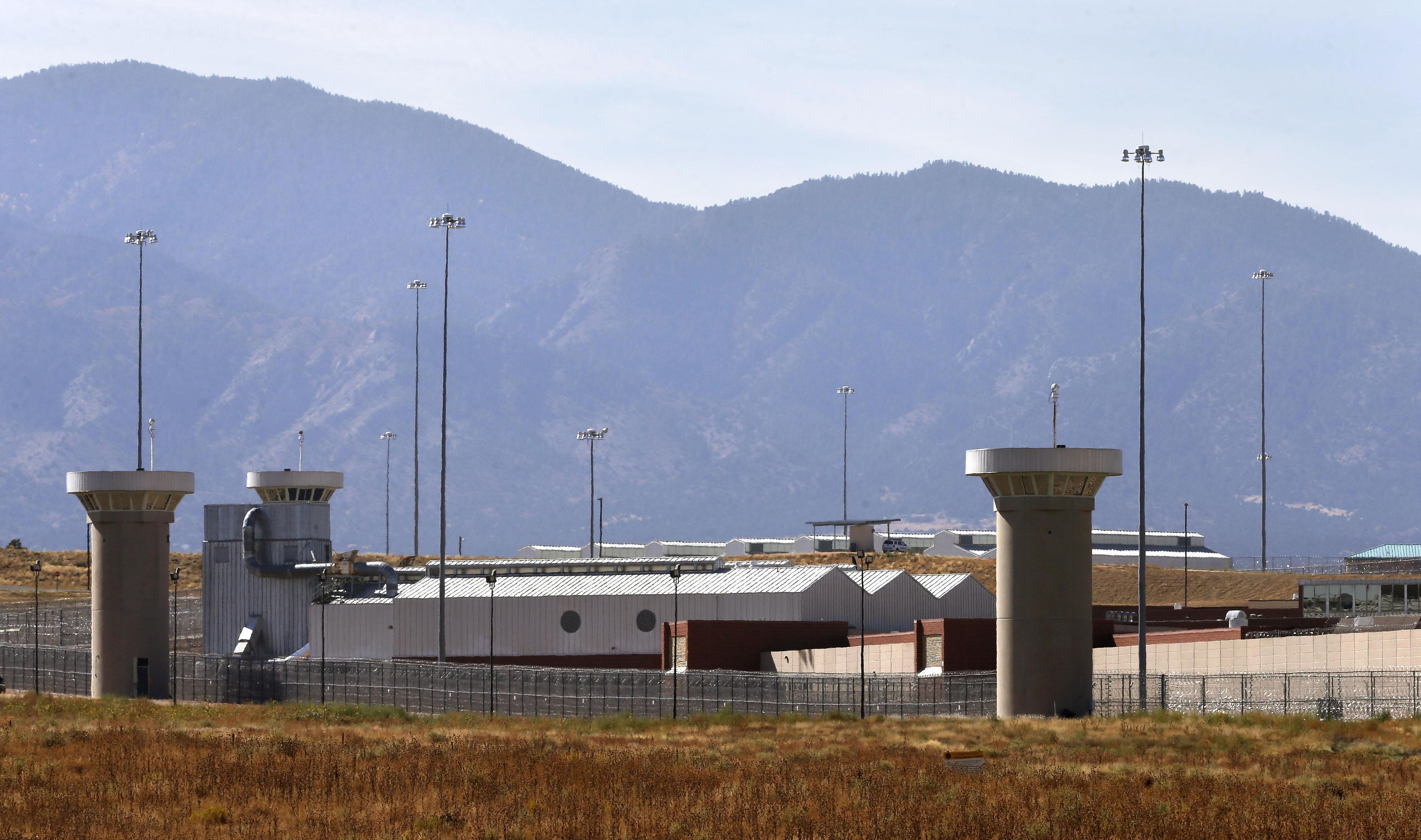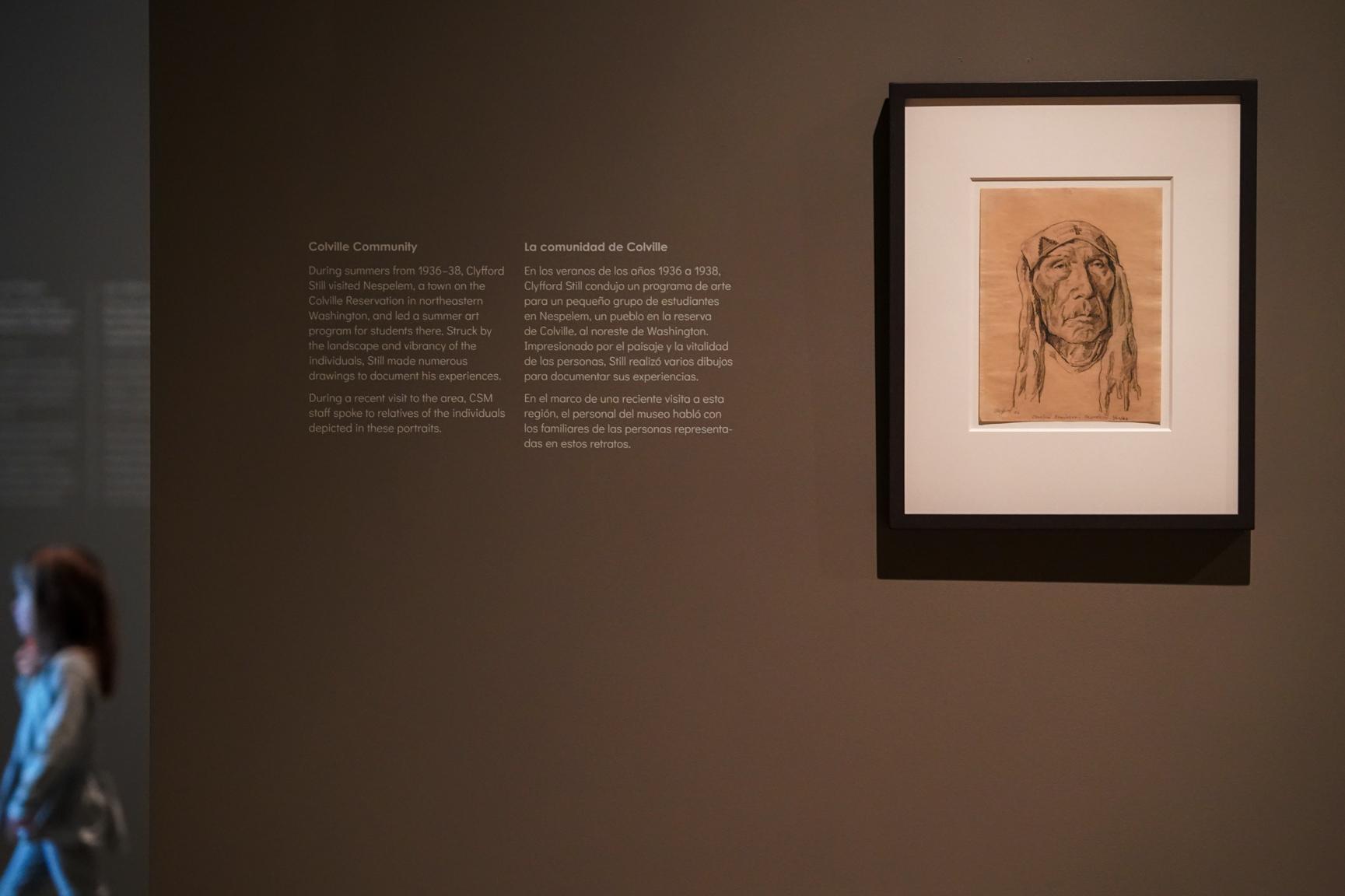
Bailey Placzek will never forget the look on one woman’s face — the first time she saw her grandfather as a young man.
“She just immediately broke down,” said Placzek, an associate curator at the Clyfford Still Museum in Denver. “It made me tear up because it was just such a human emotional response, seeing the face of your grandfather. She just said, ‘I'm sorry, it's just his face. Seeing him as a young man.’ It was such a touching moment.”
In the 1930s on the Colville Reservation in Washington, not many people had cameras.
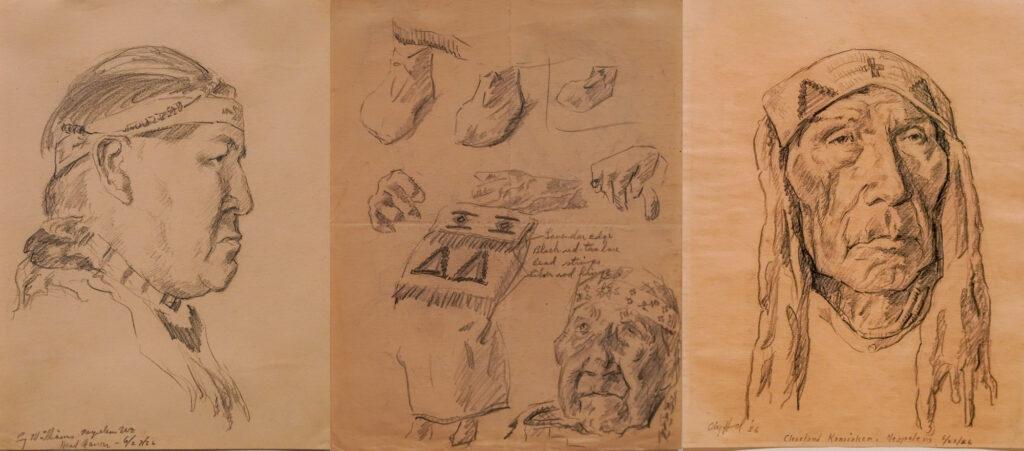
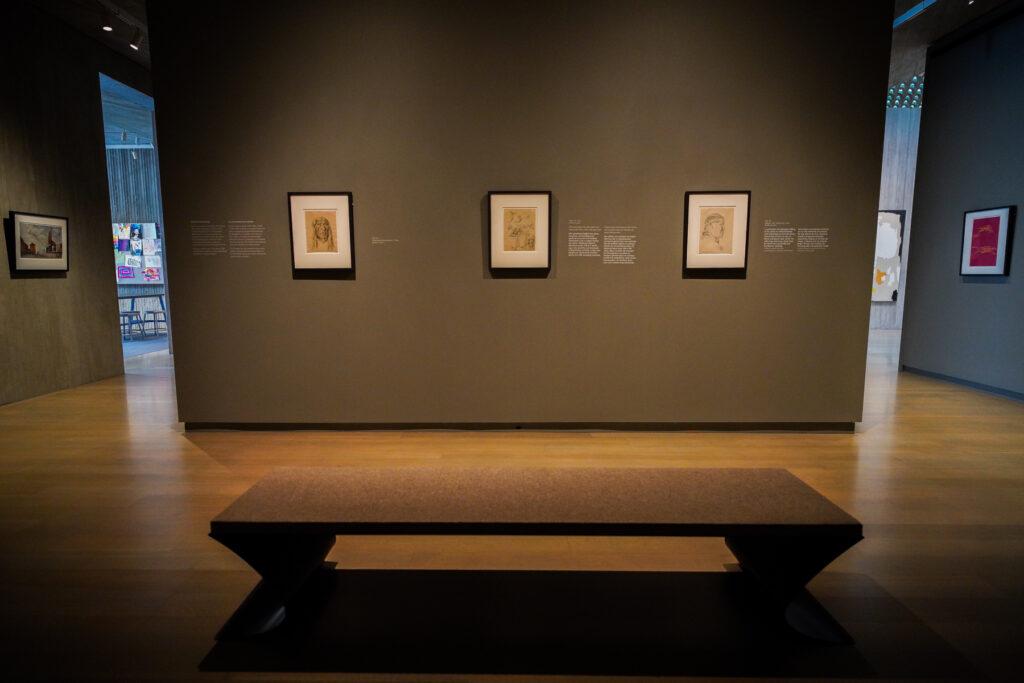
“It was an era that everyone was in — the Great Depression at that time, and it was particularly challenging for tribal communities,” said Michael Holloman, an associate professor in the Department of Fine Arts at Washington State University in Pullman, Washington. “When we think about that, it wasn't just tribal communities, but specifically for those individuals, not everyone had access or had a camera. So having images of your relatives from that period was something that was pretty remarkable.”
So in 1937, the artist Clyfford Still traveled to Nespelem, Washington and founded an artist colony on the homeland of the Colville Confederated Tribes. As part of Still’s work there, he created portraits of Native people who lived on the land.
Now, as part of the Clyfford Still Museum’s 10th anniversary, a special exhibition of the portraits and other works is forging a new relationship between the museum and tribal communities in Washington.
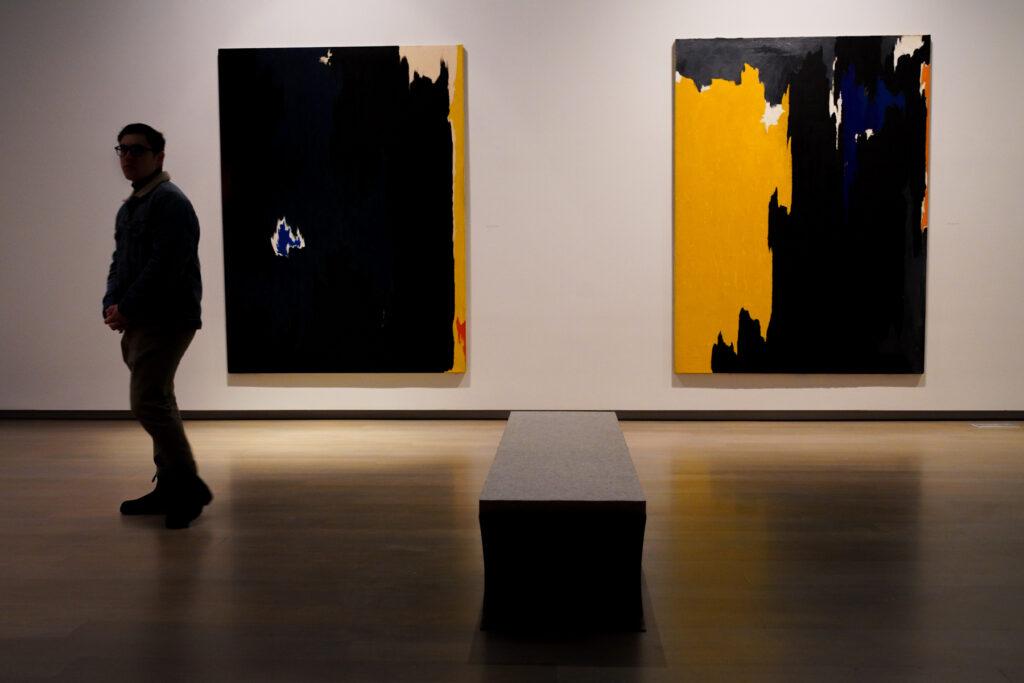
Clyfford Still was a major American painter best known as a leader of the Abstract Expressionist movement. Still's transition to entirely abstract painting in the middle of the 1940s preceded and impacted his contemporaries' transition to non-representational art. For some, his work using great fields of color may not hint that he had deep relationships with communities and individuals.
The current exhibition – You Select: A Community Curated Exhibition – endeavors to change that mindset.
Holloman, himself a member of the Colville Confederated tribes, worked with the museum curators to bring this part of the exhibition to life.
Holloman said it was known that Clyfford Still was in Nespelem, at the agency on the Colville Indian Reservation as part of the art colony. But it wasn't known that images of Clyfford Still’s work from that period were preserved.
“There were other portraits of the different individuals that had sat, for the people that painted there, but none of Clyfford Still's work was available,” Holloman said. “After they opened the Clyfford Still Museum there in Denver, and these drawings, portraits were revealed from his collections, … It was very wonderful, I think, because it placed him there with these individuals.”
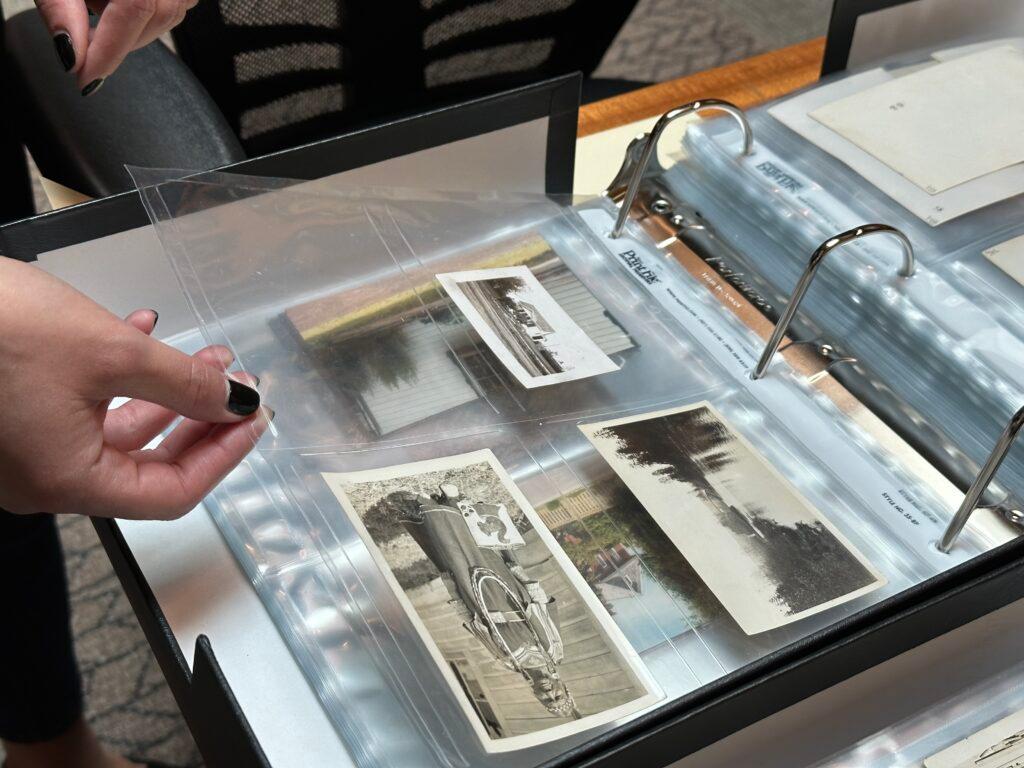
The pieces show Still's bond with the community and the people he depicts. And of them, three portraits on display – graphite drawings – prompted a search for the subjects' descendants.
“So we had a name for each one of these individuals. And, um, we, you know, presented that to Michael and said, ‘You know, how would we go about getting in touch with these families?’” Placzek said.
Michael Holloman went to work, eventually connecting museum officials with representatives from the Colville Confederated Tribes.
Placzek — who is also the catalogue raisonné research and poject manager for the Clyfford Still Museum — and Erin Schafer, an associate archivist at the museum, traveled to meet the tribal community with Holloman in an open house setting. Eventually, the museum and the tribes’ representatives found descendents for the people in the portraits.
“I remember my grandpa sitting in his chair as I stood behind him watching our favorite show, Superman,” reads one quote on display at the exhibit from one of those family members. “It was one of those old black and white TVs with long antennas back then. We lived very modestly but wanted for nothing.”
“You Select: A Community-Curated Exhibition” is on view at the Clyfford Still Museum in Denver through February 12, 2023, and a recording of the live-streamed program “Critical Communities: Colville Confederated Tribes and the Museum” is available on the museum’s website.
